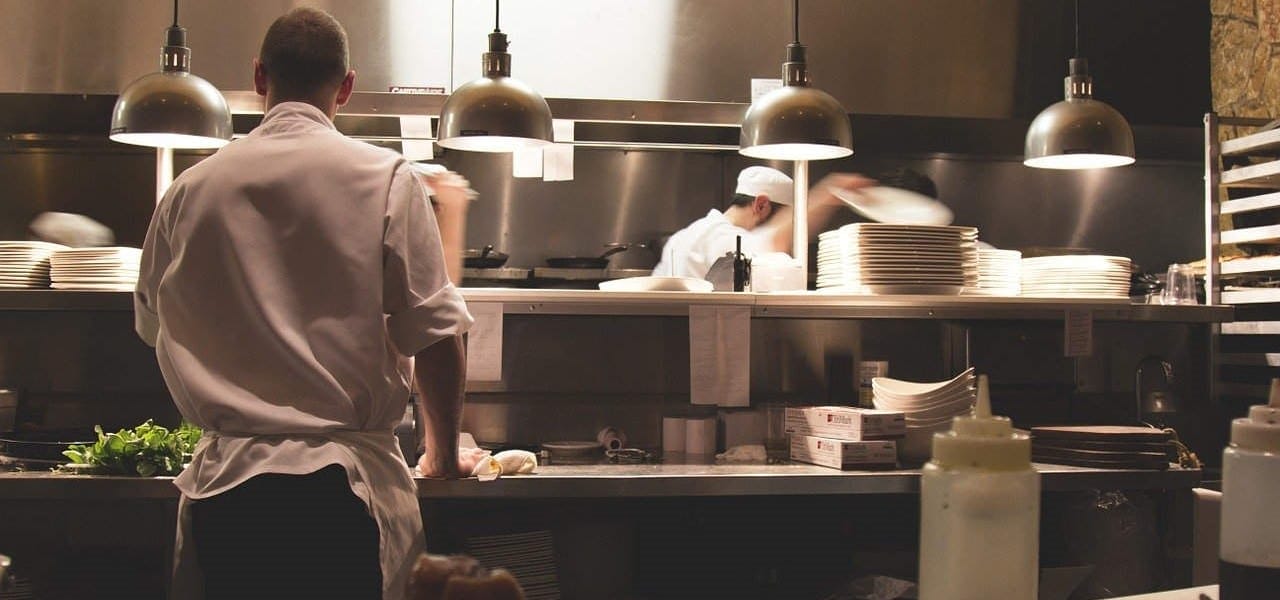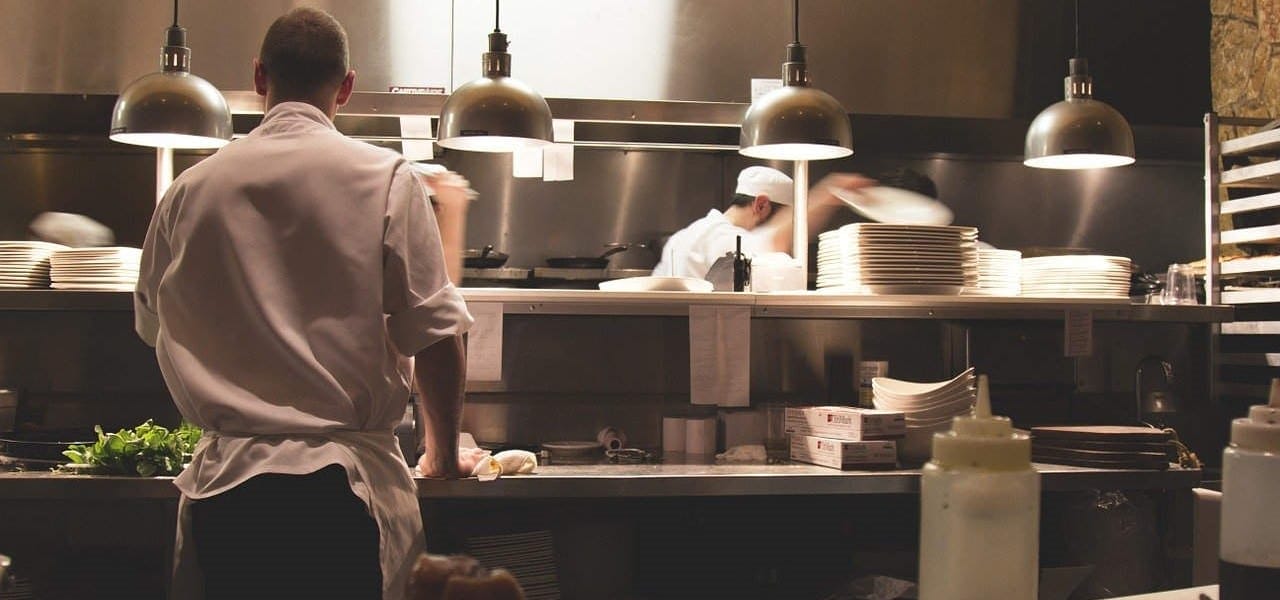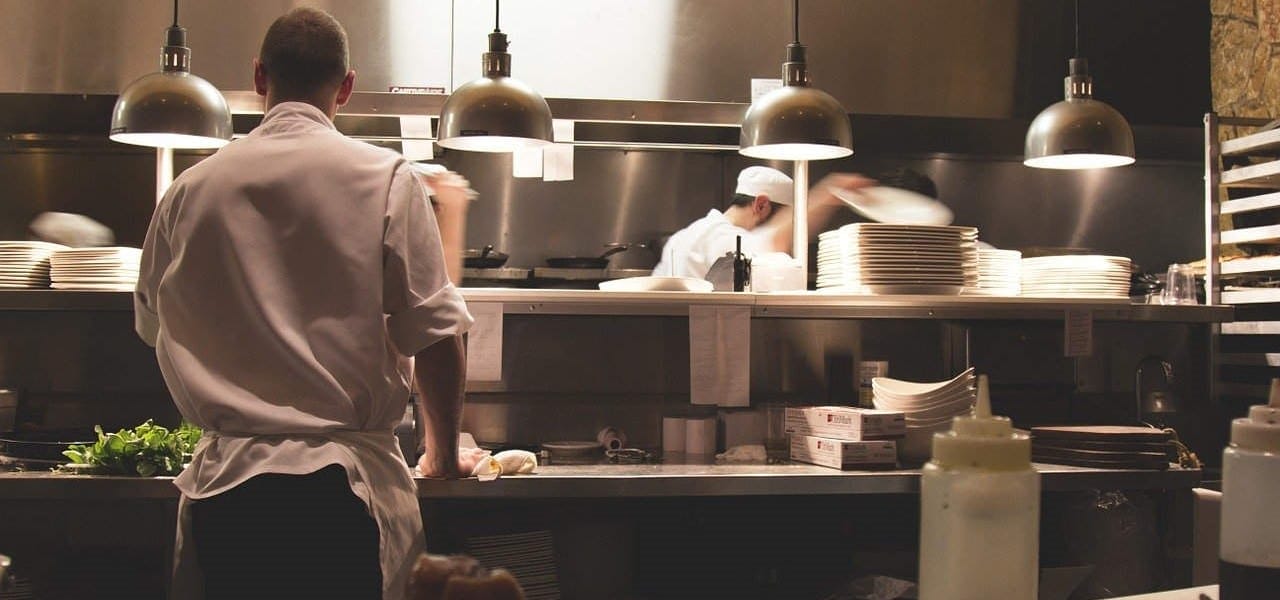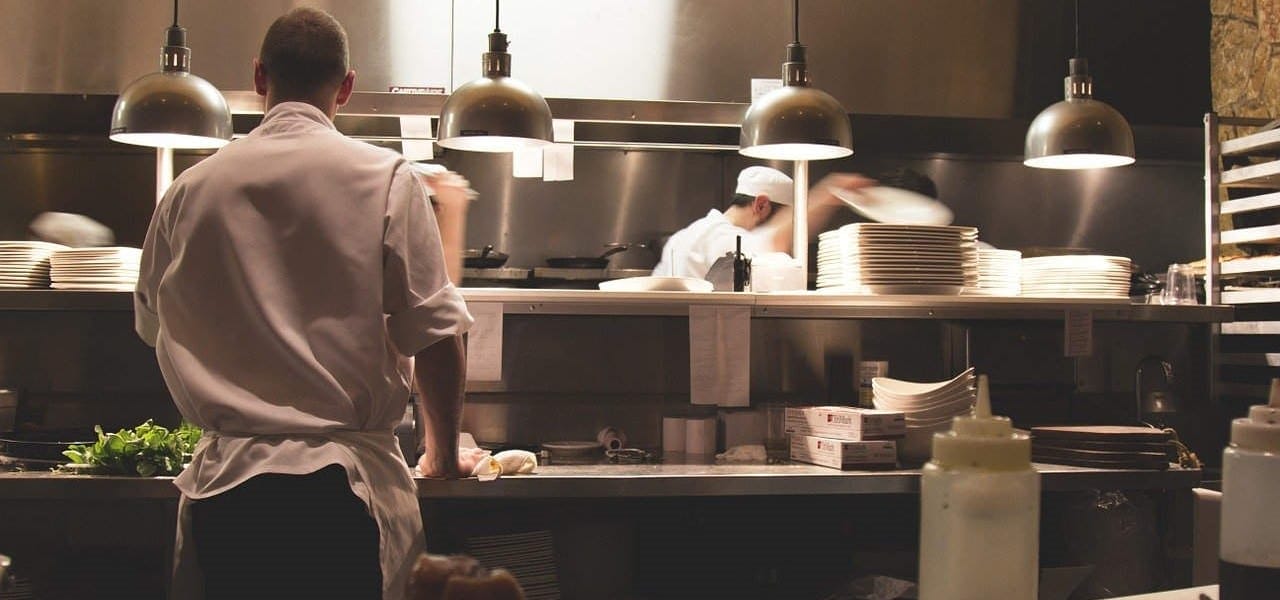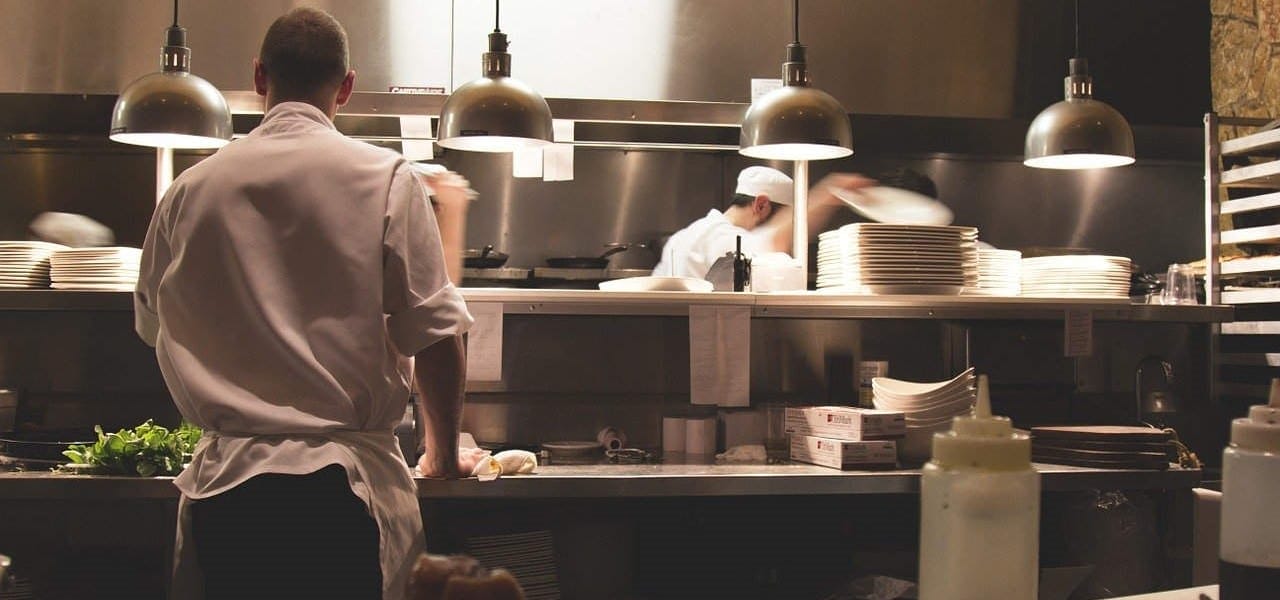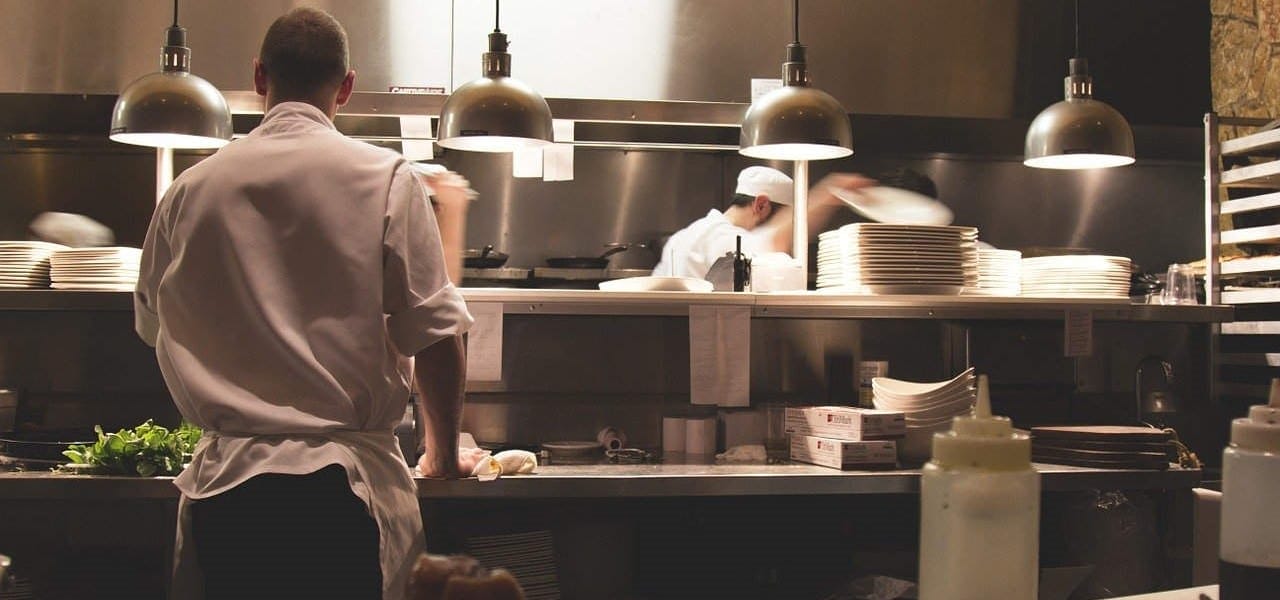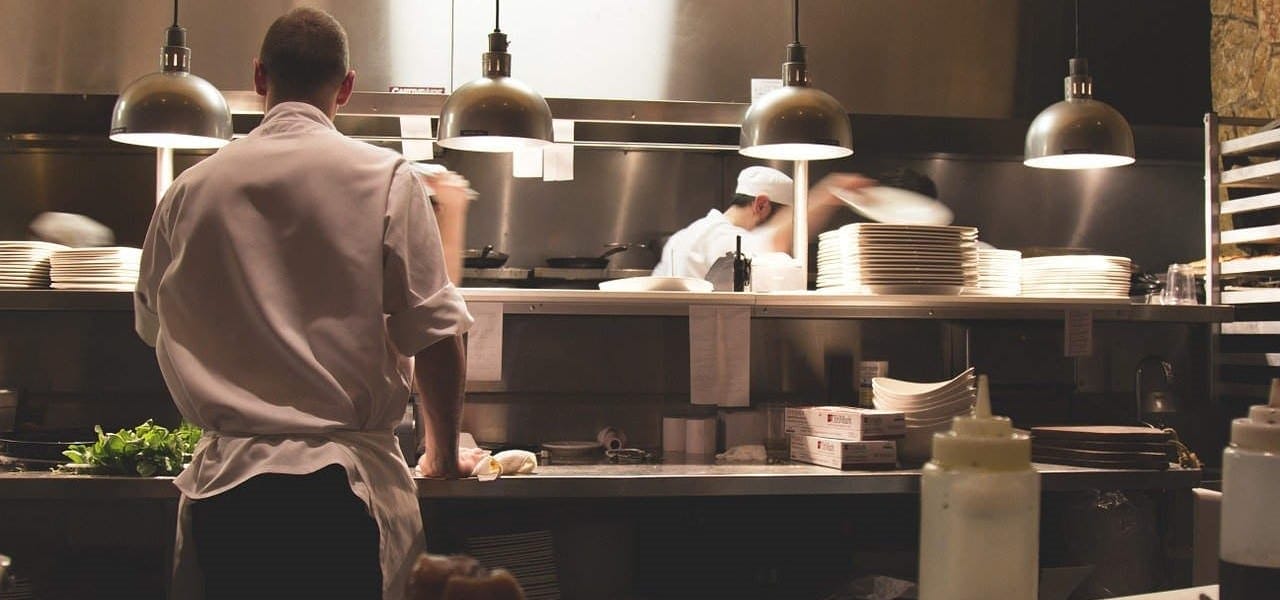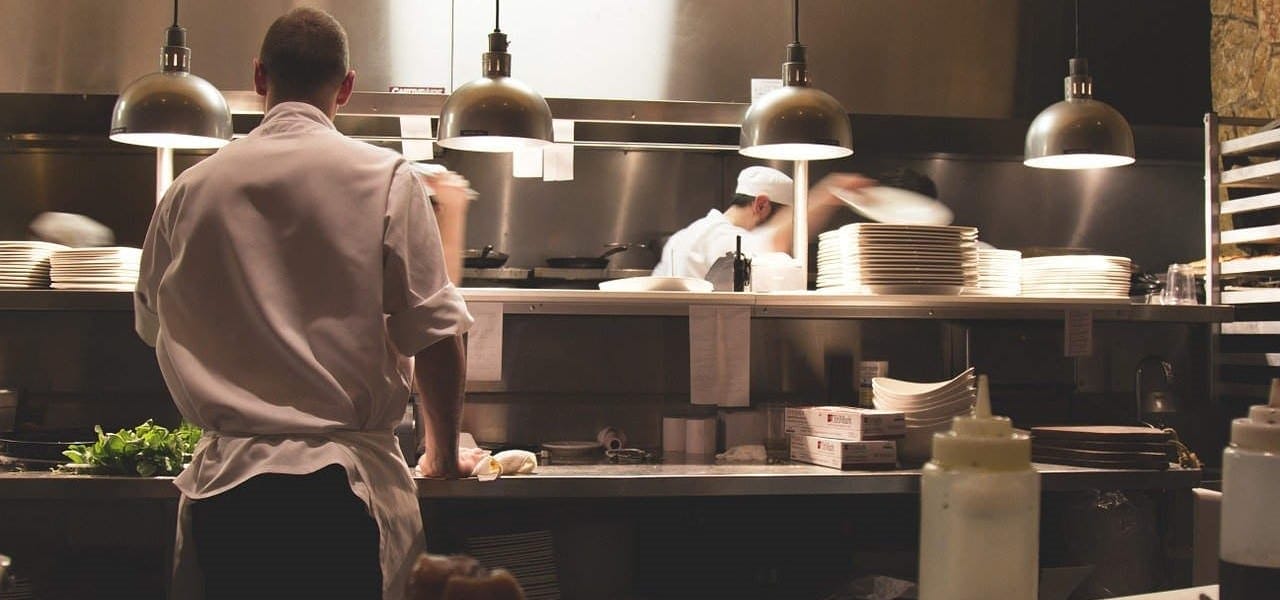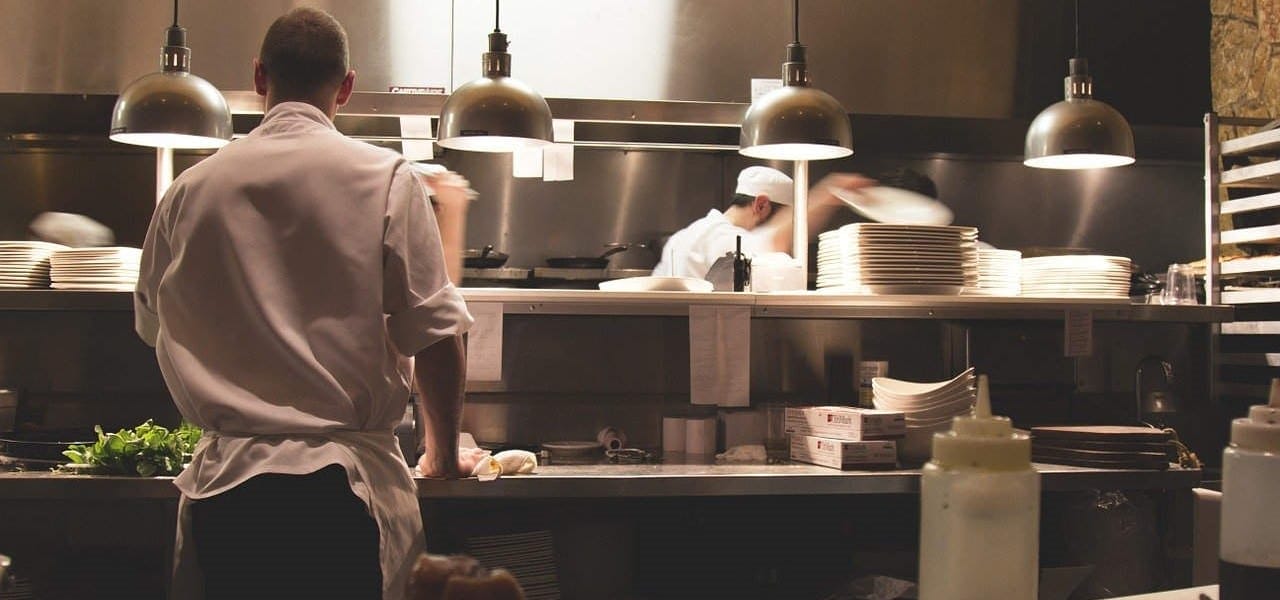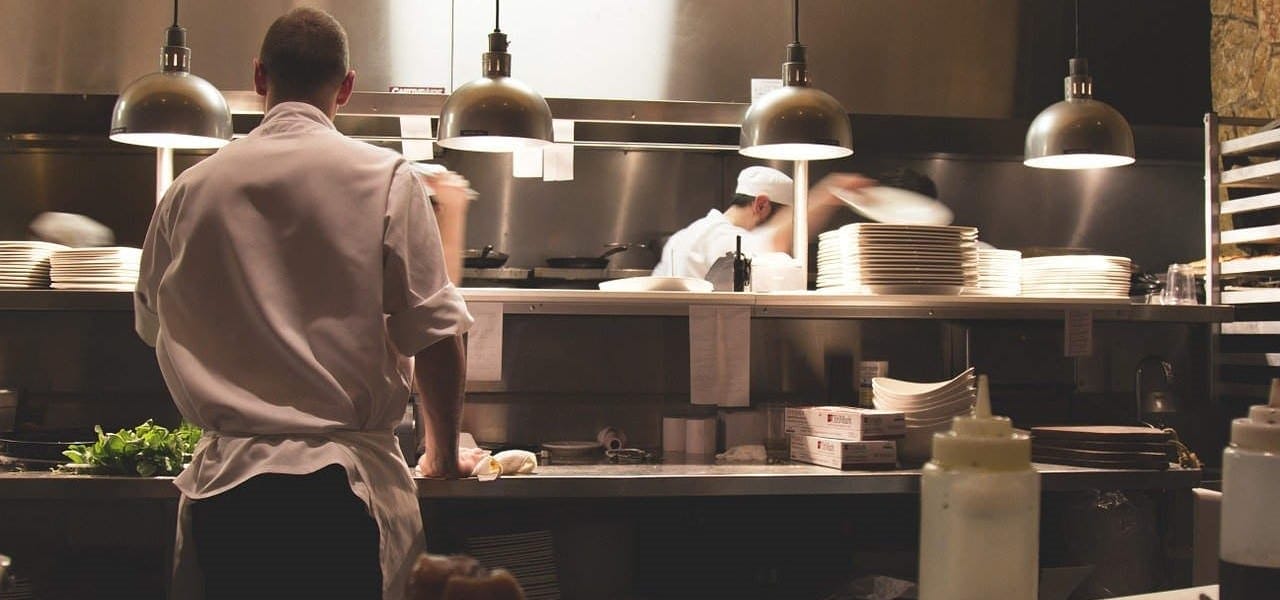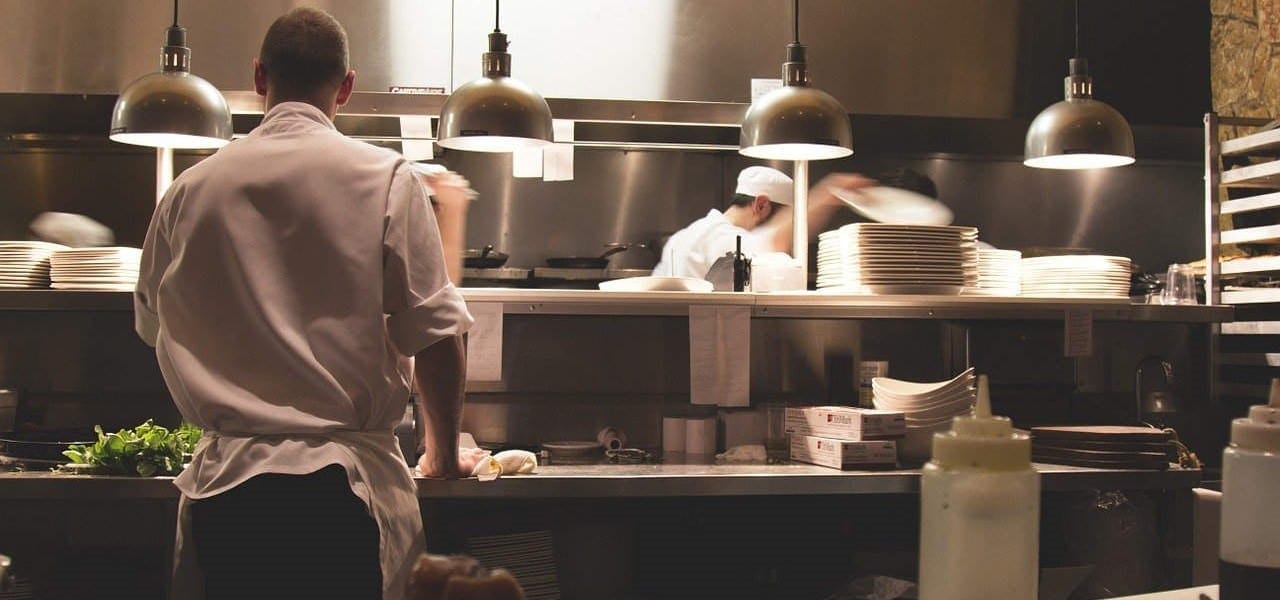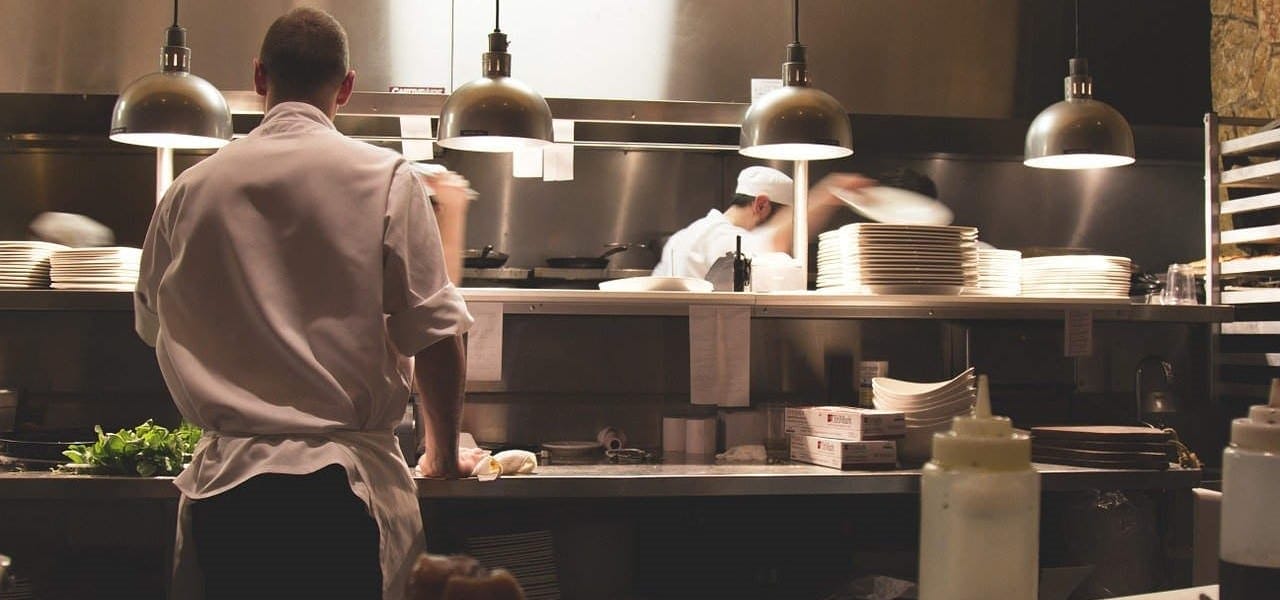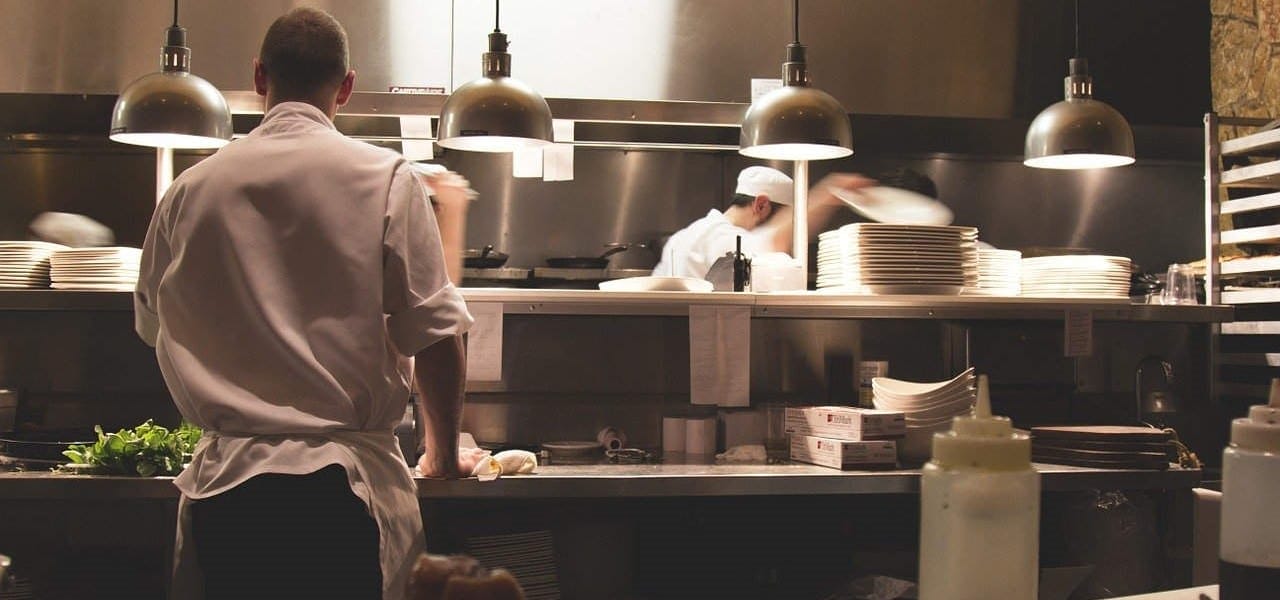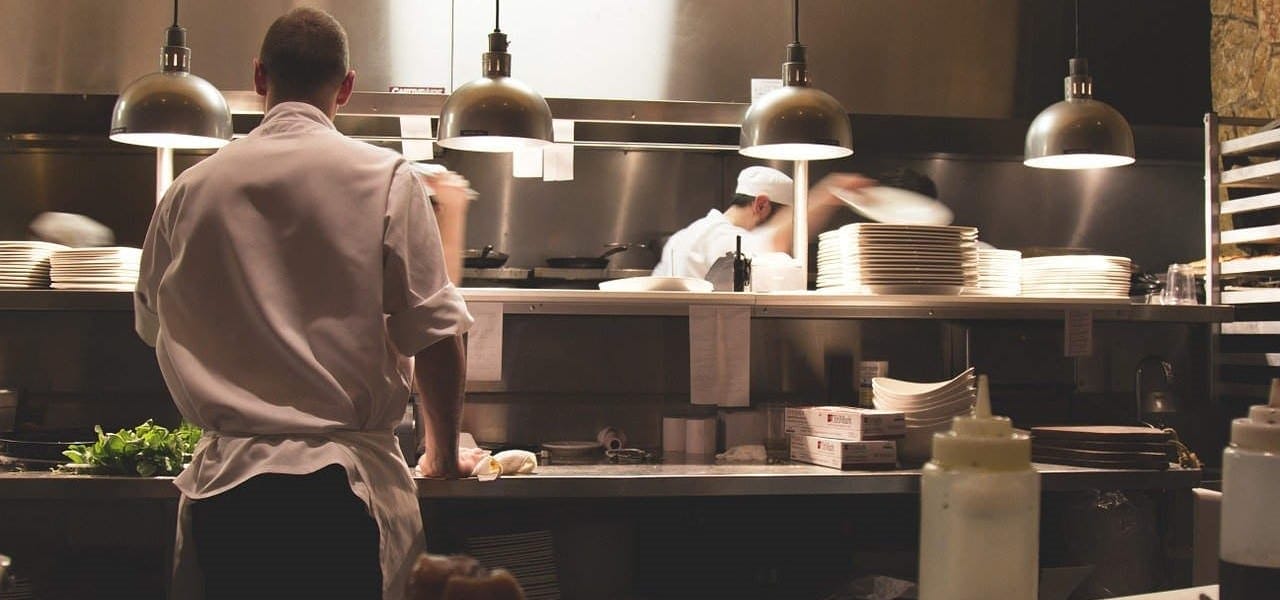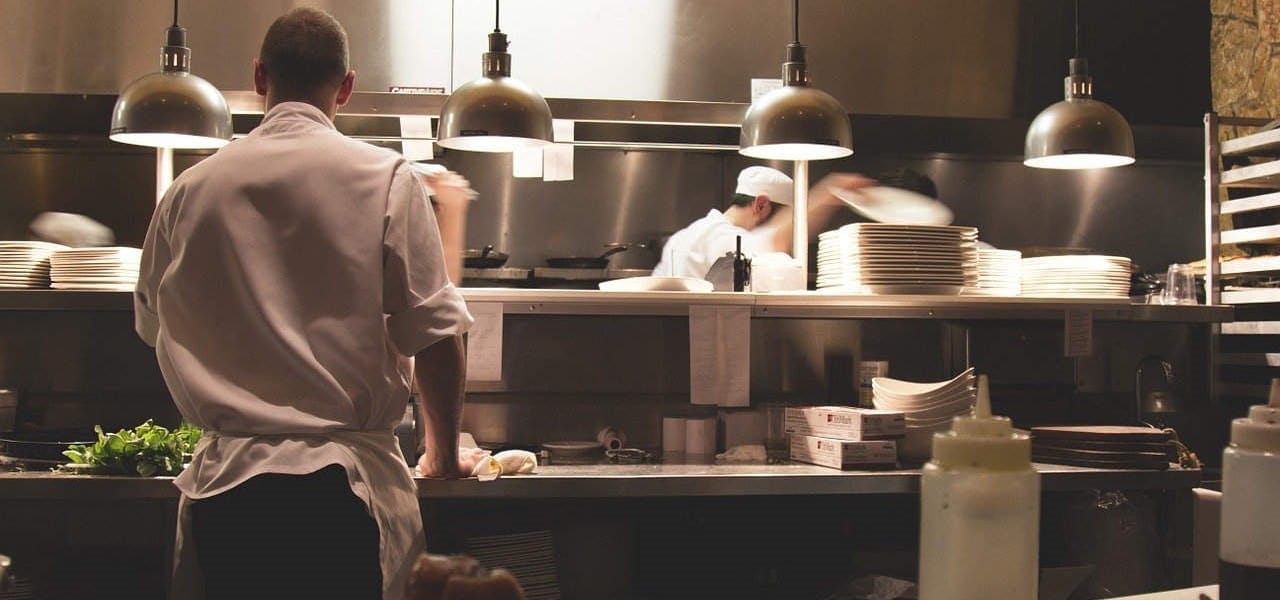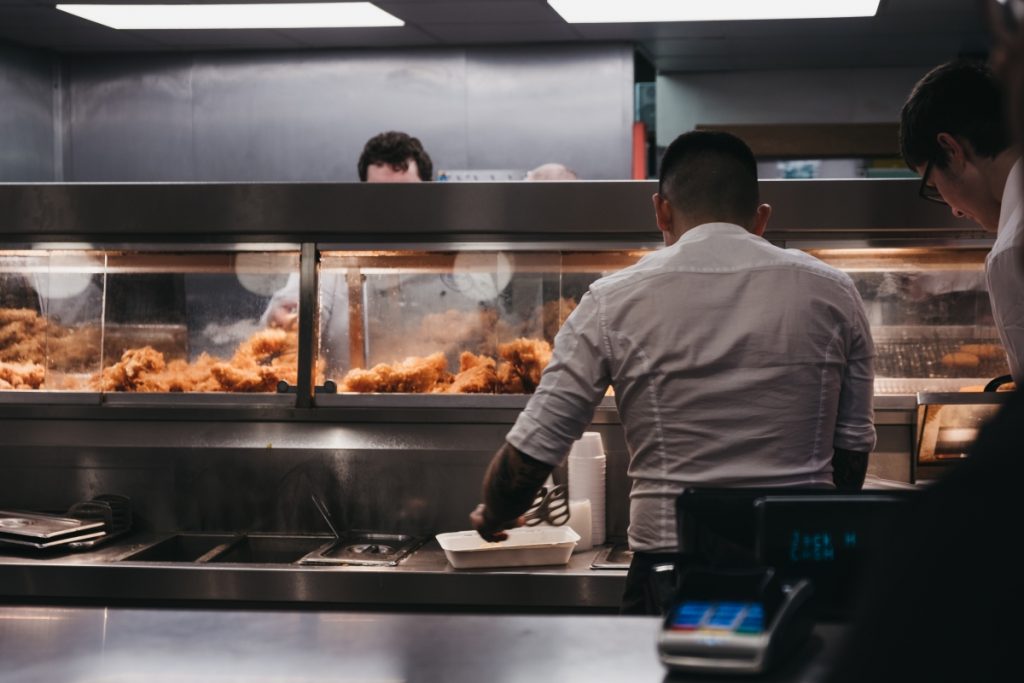Restaurant Property Insurance: Kitchen Equipment & Dining Area Protection
Running a restaurant involves significant investment in specialized equipment, furnishings, and property. From high-end commercial kitchen appliances to carefully curated dining room décor, restaurant owners have substantial assets that require comprehensive protection. Restaurant property insurance provides essential coverage for these valuable assets, ensuring your business can recover quickly from unexpected events that could otherwise prove financially devastating.
Understanding Restaurant Property Insurance
Restaurant property insurance is a specialized form of commercial property coverage designed specifically for the unique risks and assets found in food service establishments. Unlike standard commercial property insurance, restaurant coverage addresses the specific challenges faced by dining establishments, including specialized kitchen equipment, perishable inventory, and the unique liability exposures associated with food service operations.
This coverage typically encompasses your building structure, kitchen equipment, dining room furnishings, inventory, and other business personal property. The policy protects against various perils including fire, theft, vandalism, and weather-related damage, providing financial compensation to repair or replace damaged property and helping maintain business continuity during recovery periods.
Kitchen Equipment Coverage: Protecting Your Culinary Investment
Commercial Kitchen Equipment Risks
Restaurant kitchens contain some of the most expensive and specialized equipment in any commercial setting. Industrial ovens, commercial refrigeration units, specialized cooking equipment, and food preparation machinery represent significant capital investments that are essential for daily operations. These assets face unique risks including:
Equipment Breakdown and Mechanical Failure: Commercial kitchen equipment operates under demanding conditions with frequent use, high temperatures, and constant stress. Mechanical failures can occur without warning, potentially requiring expensive repairs or complete replacement. A single equipment failure can disrupt service and result in significant revenue loss.
Fire and Heat Damage: Kitchen environments present elevated fire risks due to open flames, hot surfaces, grease accumulation, and electrical equipment. Grease fires, electrical malfunctions, and overheating can cause extensive damage not only to the affected equipment but also to surrounding appliances and kitchen infrastructure.
Water Damage: Plumbing failures, sprinkler system activations, and appliance malfunctions can cause significant water damage to electrical equipment and machinery. Even minor water exposure can render expensive equipment inoperable and create safety hazards.
Power Surges and Electrical Issues: Restaurants rely heavily on electrical equipment, making them vulnerable to power surges, electrical fires, and voltage fluctuations that can damage sensitive electronic components in modern kitchen appliances.
Essential Kitchen Equipment Coverage
Commercial Cooking Equipment: This includes ranges, ovens, grills, fryers, and specialized cooking appliances. Coverage should account for replacement costs of commercial-grade equipment, which typically exceeds residential appliance costs significantly.
Refrigeration and Freezer Units: Walk-in coolers, freezers, reach-in refrigerators, and ice machines require specialized coverage due to their critical role in food safety and inventory preservation. Equipment breakdown coverage is particularly important for refrigeration units.
Food Preparation Equipment: Mixers, slicers, food processors, dishwashers, and other preparation equipment need comprehensive coverage including mechanical breakdown protection.
Ventilation and Hood Systems: Commercial kitchen ventilation systems, including exhaust hoods and fire suppression systems, require specialized coverage due to their complexity and regulatory requirements.
Point-of-Sale Systems: Modern restaurants rely on sophisticated POS systems, tablets, and electronic ordering equipment that need protection against damage and theft.
Dining Area Protection: Safeguarding Customer Spaces
Dining Room Asset Risks
The dining area represents your restaurant's public face and contains significant investments in furniture, décor, and ambiance-creating elements. These assets face distinct risks that require comprehensive coverage:
Furniture and Fixtures: Tables, chairs, booths, lighting fixtures, and decorative elements can be damaged by accidents, vandalism, or natural disasters. Quality restaurant furniture represents a substantial investment that requires adequate protection.
Technology and Entertainment Systems: Sound systems, televisions, digital displays, and other entertainment equipment need coverage against theft, damage, and technical failures.
Décor and Artwork: Unique decorative elements, artwork, and themed installations that create your restaurant's atmosphere require specialized valuation and coverage.
Flooring and Interior Finishes: Specialized flooring, wall treatments, and interior finishes can be expensive to repair or replace, particularly custom or designer elements.
Customer Area Coverage Considerations
Liability-Related Property Damage: Customer accidents can result in property damage beyond typical wear and tear. Adequate coverage should account for potential damage from customer incidents.
Theft and Vandalism: Dining areas are accessible to the public, creating exposure to theft and vandalism. Coverage should protect against both customer-related incidents and break-ins during closed hours.
Weather-Related Damage: Windows, outdoor seating areas, and exposed dining spaces need protection against storm damage, hail, and other weather-related perils.
Inventory and Stock Protection
Perishable Inventory Challenges
Restaurants maintain significant inventory investments in perishable goods that require specialized coverage approaches:
Refrigeration Failure: Power outages, equipment breakdowns, and mechanical failures can result in total loss of perishable inventory. Coverage should include spoilage protection and business interruption benefits.
Contamination Risks: Food contamination from various sources can render entire inventory stocks unusable, requiring comprehensive coverage for contamination-related losses.
Delivery and Storage Issues: Inventory can be damaged during delivery, storage, or handling, requiring coverage that extends beyond traditional property protection.
Non-Perishable Inventory
Dry Goods and Supplies: Non-perishable food items, cleaning supplies, and operational materials need protection against fire, theft, and water damage.
Beverage Inventory: Wine, spirits, and other beverages often represent significant value concentrations that require adequate coverage limits and specialized protection.
Packaging and Disposables: Take-out containers, packaging materials, and disposable items may seem minor but can represent substantial replacement costs following a loss.
Business Interruption and Loss of Income
Understanding Business Interruption Coverage
Restaurant property insurance should include business interruption coverage to protect against income loss during property damage recovery periods. This coverage addresses:
Lost Revenue: Compensation for income lost during closure periods required for property repairs or replacement.
Continuing Expenses: Coverage for ongoing expenses such as payroll, rent, and utilities that continue despite business interruption.
Extended Business Interruption: Protection against income loss that continues even after physical repairs are complete, accounting for time needed to rebuild customer base and return to normal revenue levels.
Specialized Restaurant Business Interruption Needs
Seasonal Considerations: Restaurants may experience varying income levels throughout the year, requiring coverage that accounts for seasonal revenue fluctuations.
Perishable Inventory Replacement: Time and costs associated with restocking perishable inventory following a covered loss.
Regulatory Compliance: Time required to obtain necessary permits, licenses, and health department approvals following property damage.
Specialized Coverage Enhancements
Equipment Breakdown Coverage
Standard property insurance may not cover mechanical breakdowns that don't result from covered perils. Equipment breakdown coverage provides protection for:
Mechanical Failures: Coverage for equipment failures due to mechanical breakdown, electrical issues, or operator error.
Spoilage Coverage: Protection for inventory loss resulting from equipment failures, particularly refrigeration breakdowns.
Expediting Expenses: Coverage for additional costs to expedite equipment repairs or replacement to minimize business interruption.
Ordinance and Law Coverage
Building code changes and regulatory requirements can significantly impact reconstruction costs following property damage:
Code Upgrade Requirements: Coverage for additional costs required to bring damaged property up to current building codes and regulations.
Demolition Costs: Protection for costs associated with demolishing undamaged portions of buildings when required by law or regulation.
Increased Construction Costs: Coverage for additional expenses resulting from current building standards that exceed original construction specifications.
Risk Management and Prevention
Kitchen Safety Protocols
Implementing comprehensive safety protocols can reduce property damage risks and potentially lower insurance premiums:
Fire Prevention: Regular cleaning of exhaust systems, proper grease disposal, and fire suppression system maintenance.
Equipment Maintenance: Scheduled maintenance programs for all kitchen equipment to prevent breakdowns and extend equipment life.
Staff Training: Comprehensive training programs covering equipment operation, safety procedures, and emergency response protocols.
Dining Area Protection Strategies
Security Measures: Alarm systems, security cameras, and access control systems to prevent theft and vandalism.
Maintenance Programs: Regular inspection and maintenance of furniture, fixtures, and building systems to prevent damage and extend asset life.
Customer Safety: Protocols to minimize customer-related property damage and liability exposures.
Valuation and Coverage Limits
Accurate Asset Valuation
Proper coverage requires accurate valuation of all restaurant assets:
Replacement Cost vs. Actual Cash Value: Understanding the difference between replacement cost coverage, which pays to replace items with new equivalents, and actual cash value coverage, which accounts for depreciation.
Professional Appraisals: Regular professional appraisals for high-value equipment and specialized assets to ensure adequate coverage limits.
Inflation Protection: Coverage adjustments to account for inflation and increasing replacement costs over time.
Coverage Limit Considerations
Blanket vs. Scheduled Coverage: Determining whether to use blanket coverage limits that apply to all property or scheduled coverage that specifies limits for individual items or categories.
Coinsurance Requirements: Understanding coinsurance clauses that require maintaining coverage equal to a specified percentage of property values.
Sublimits and Exclusions: Reviewing policy sublimits for specific types of property and understanding exclusions that may require additional coverage.
Claims Management and Recovery
Immediate Response Procedures
Effective claims management begins with immediate response to property damage:
Documentation Requirements: Detailed documentation of damage, including photographs, inventory lists, and damage assessments.
Temporary Measures: Implementing temporary measures to prevent additional damage and maintain business operations where possible.
Professional Assistance: Engaging restoration professionals, equipment specialists, and other experts to assess damage and develop recovery plans.
Working with Insurance Adjusters
Claim Presentation: Organizing and presenting claim documentation in a clear, comprehensive manner to facilitate efficient claim processing.
Damage Assessment: Working with adjusters to ensure accurate assessment of all damaged property and associated costs.
Settlement Negotiations: Understanding policy terms and negotiating fair settlements that account for all covered losses and expenses.
Choosing the Right Coverage
Insurance Provider Selection
Selecting an insurance provider with restaurant industry expertise is crucial for obtaining appropriate coverage:
Industry Experience: Providers with extensive restaurant insurance experience understand unique risks and coverage needs.
Claims Handling: Evaluating providers' claims handling procedures, response times, and customer service quality.
Financial Stability: Ensuring insurance providers have strong financial ratings and stability to meet claim obligations.
Policy Customization
Restaurant property insurance should be tailored to your specific operation:
Coverage Customization: Adapting coverage to match your restaurant's unique assets, risks, and operational characteristics.
Deductible Selection: Choosing appropriate deductibles that balance premium costs with out-of-pocket expenses following a loss.
Additional Coverages: Evaluating optional coverages such as cyber liability, employment practices liability, and specialized endorsements.
Conclusion
Restaurant property insurance provides essential protection for the significant investments restaurant owners make in kitchen equipment, dining area furnishings, and business operations. Comprehensive coverage should address the unique risks faced by food service establishments, including specialized equipment breakdown, perishable inventory protection, and business interruption coverage.
Working with experienced insurance professionals who understand restaurant operations ensures you obtain appropriate coverage limits, policy terms, and specialized endorsements needed to protect your investment. Regular policy reviews, accurate asset valuations, and proactive risk management help maintain adequate protection as your restaurant grows and evolves.
The cost of comprehensive restaurant property insurance represents a small fraction of the potential losses that could result from inadequate coverage. Protecting your kitchen equipment, dining area assets, and business operations with appropriate insurance coverage provides peace of mind and financial security, allowing you to focus on what you do best – serving exceptional food and creating memorable dining experiences for your customers.
For expert guidance on restaurant property insurance and comprehensive coverage solutions tailored to your establishment's needs, contact Insure24 at 0330 127 2333 or visit www.insure24.co.uk to discuss your specific requirements with our experienced commercial insurance specialists.


 0330 127 2333
0330 127 2333
